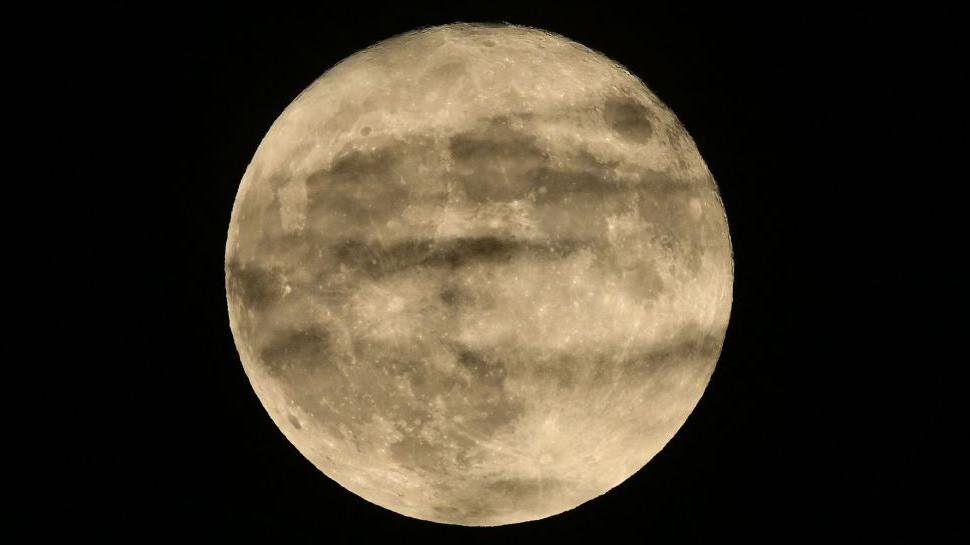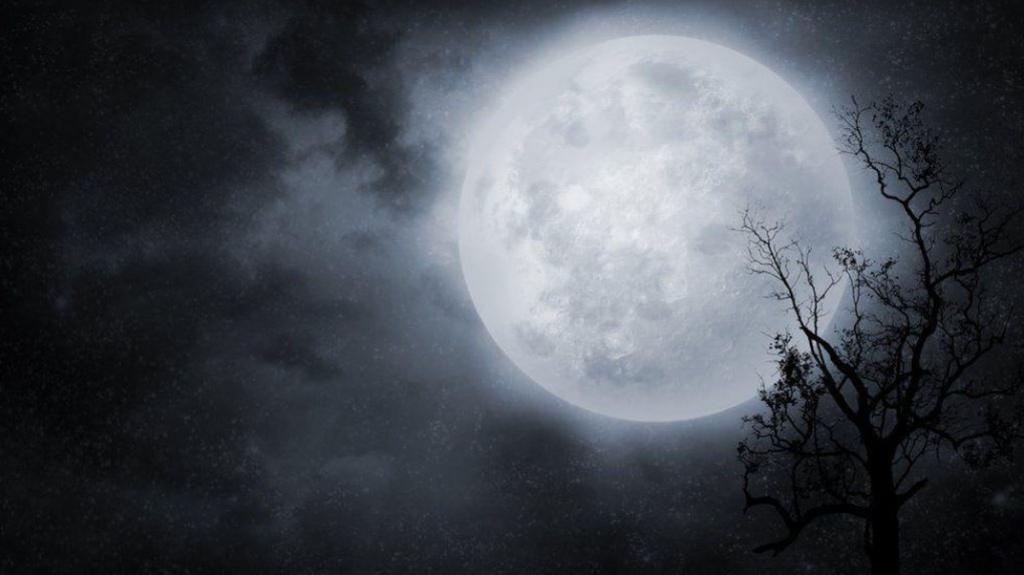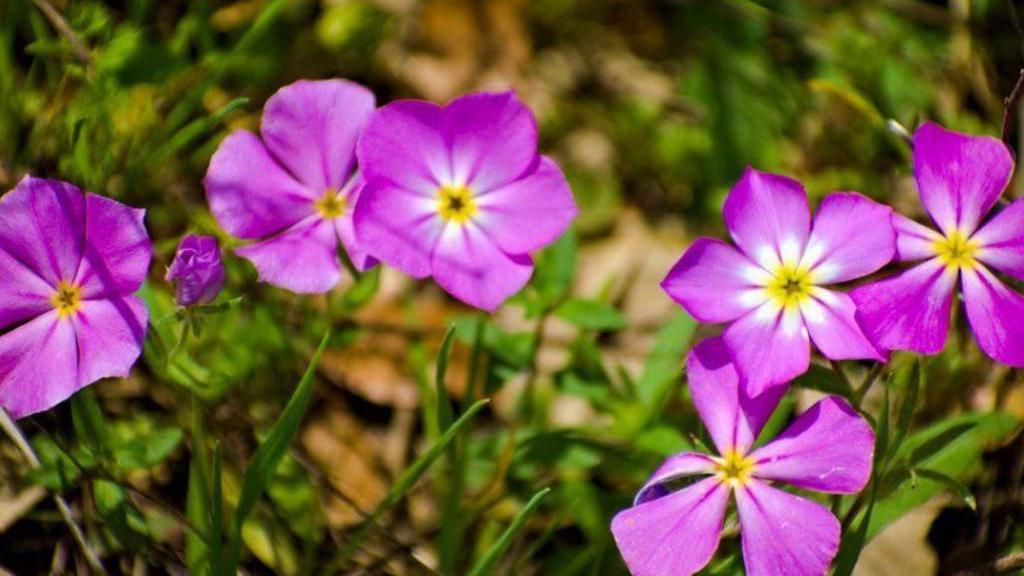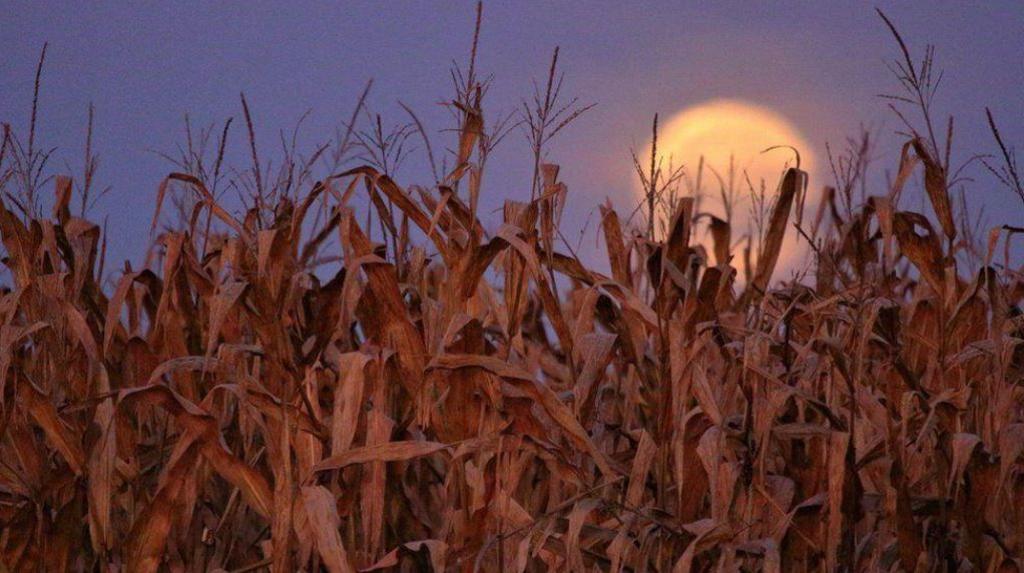Sturgeon Moon 2025: What is August's full Moon and when can you see it?

- Published
Space fans are in for a real treat as August's full Moon will be visible in the night sky this weekend.
It is expected to peak across the UK on Saturday 9 August.
In the Northern Hemisphere, it will also be the last full Moon of the summer.
But why is August's called the Sturgeon Moon, and when exactly can you see it?
Keep reading to find out.
More space news
Venus and Jupiter to 'meet up' in the sky
- Published6 August
'Stuck in space' Nasa astronaut Butch Wilmore retires
- Published7 August
Get some top stargazing tips from a space expert
- Published8 August
Why is it called the Sturgeon Moon and how can I see it?

August's full Moon is often known as the Sturgeon Moon in the Northern Hemisphere because it marks the time of year when sturgeon fish were most plentiful in the lakes of North America.
However, it is also sometimes referred to as the Grain Moon, Green Corn Moon or the Black Cherries Moon.
It will reach its peak at 8.55am on 9 August, according to the Royal Observatory Greenwich, although these timings can slightly change depending on where in the UK you are.
It will also look full in the days before and after the peak, so you have an extra chance to spot it.
Why do monthly full Moons have names?

Throughout history, people have used the Moon and the light it reflects for different tasks such as hunting, planting and harvesting.
Cultures across the world give these full moons different names to describe what was happening in the month.
The modern calendar no longer follows the Moon's phases exactly, so sometimes there's more than one full Moon a month, which is known as a Blue Moon.
Why not use our calendar below to find the name for your birth month's full Moon?
What are the names of all the full Moons, and what do they mean?

January: Wolf Moon
Native Americans and medieval Europeans called January's full Moon a Wolf Moon. It's thought to be because wolves howled more at this time of year, as there was less food.
February: Snow Moon
The snowy weather of February in North America led to the name Snow Moon. Other common names include Storm Moon and Hunger Moon.
March: Worm Moon
The Worm Moon appears in March at the end of winter when little creatures like worms begin squirming out of the ground. It's also called Milk Moon.
April: Pink Moon
Disappointingly, the Pink Moon isn't actually pink. It's named by Native Americans after pink flowers called wild ground phlox that bloom in early spring and appear throughout the United States and Canada.
It is also called Egg Moon and Fish Moon in other cultures.

May: Flower Moon
May's flowers are the reason for this month's name.
Other names include Hare Moon, Corn Planting Moon, and Milk Moon.
June: Strawberry Moon
Native American Algonquin tribes named this the Strawberry Moon. This is because they would harvest strawberries at this time.
It's also called the Honey Moon, Rose Moon and Mead Moon.
July: Buck Moon
This is the time when a buck, a male deer, grows its full antlers. This Moon is also called Thunder Moon after the summer thunderstorms.
August: Sturgeon Moon
People in North America caught sturgeons, a type of fish, around this time.
It is sometimes known as a Grain Moon, or Green Corn Moon or Black Cherries Moon in some cultures.

September: Corn Moon
If it is the nearest full Moon to the autumnal equinox, it is called the Harvest Moon instead.
September's full Moon is probably called Corn Moon because that's when crops are gathered at the end of the summer season.
At this time, the Moon appears particularly bright, allowing farmers to continue harvesting into the night.
October: Hunter's Moon
This is the time when people would plan for the winter months and hunt animals for food.
Like September's full Moon, it is sometimes called the Harvest Moon.
November: Beaver Moon
Beavers often start building their dams about this time, which is where it got its name.
It is also sometimes called Frost Moon.
December: Cold Moon
The winter chill gave December's full Moon the name Cold Moon.
Other names include the Long Night Moon and the Oak Moon.
